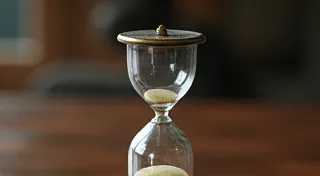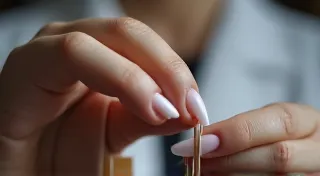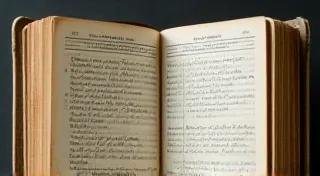Lost Threads of Style: Tracing the Lineage of a Pocket's Grace
There’s a certain poetry in small things. A single, perfectly preserved button, a faded photograph, a tiny, exquisitely crafted coin purse. It’s not the grandeur of a diamond necklace or the sweeping elegance of a ball gown that captivates, but the quiet whisper of a life lived, a story held within a miniature treasure. For those of us drawn to the world of vintage coin purses, it's about more than just collecting objects; it’s about holding a fragment of history in our hands, feeling the echoes of another era.
My own fascination began with a simple, beaded purse I found tucked away in my grandmother’s attic. It was the color of aged parchment, its delicate floral embroidery worn soft with time. It wasn't valuable, by any objective measure. Yet, examining its construction – the meticulous beading, the sturdy but faded lining – sparked a curiosity that has grown into a passion for tracing the lineage of these often-overlooked vintage accessories.
The Victorian Era: Ornament and Opulence
The Victorian era (1837-1901) set the stage for many of the coin purse styles we cherish today. Consider the social context: rapid industrialization led to a burgeoning middle class eager to display newfound prosperity. Coin purses became a vital accessory, not just for carrying currency, but for demonstrating taste and refinement. These weren’t the utilitarian pouches we might imagine; they were miniature works of art.
Early Victorian coin purses were often elaborately decorated with embroidery, beadwork, and occasionally, intricate metalwork. Jet, a black gemstone popular during mourning periods, was frequently incorporated. Velvet was a preferred fabric, lending a luxurious feel. Shapes varied from simple rectangles to more complex forms like hearts and ovals, often embellished with tassels and fringe. They were rarely practical; their purpose was as much about presentation as it was about utility. The craftsmanship during this time was exceptional, with skilled artisans painstakingly creating pieces that would be treasured heirlooms. Imagine a young woman, perhaps on her first outing to the theatre, clutching such a purse, a small testament to her family’s standing. The small details, like the choice of clasp or the style of stitching, provide invaluable insight into the era’s aesthetic. It’s fascinating to consider how the overall design of a coin purse – and the components it held – can whisper so much about the person who carried it.
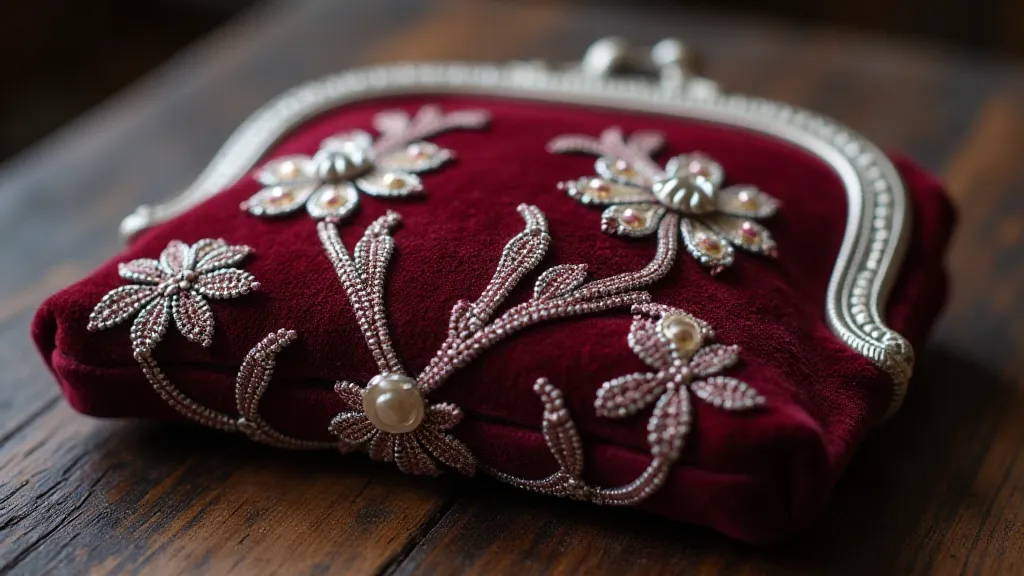
The Edwardian Era: A Touch of Art Nouveau
As the Victorian era transitioned into the Edwardian (1901-1910), a shift occurred. The rigid formality of the Victorian style softened, influenced by the rise of Art Nouveau. Coin purses reflected this change, incorporating flowing lines, organic motifs, and a lighter, more airy feel. Materials like silk and satin became increasingly common. The emphasis moved towards delicate beauty and an almost ethereal quality.
Metalwork, particularly silver and enamel, played a more prominent role, often depicting stylized flowers, birds, and insects. The “kissing bag,” a small, often heart-shaped purse designed to be discreetly held close, exemplified this era’s intimacy and elegance. Imagine a young man presenting such a purse to his sweetheart, a token of his affection and a symbol of their shared dreams. The evolution of these small accessories is a testament to changing social mores and artistic trends. Examining the subtle differences in construction, from the way a clasp is fastened to the overall shape, speaks volumes about the era’s values.
The Roaring Twenties: Jazz Age Sparkle
The First World War brought profound changes to society, and the ensuing Roaring Twenties ushered in an era of unprecedented liberation and exuberance. Coin purses mirrored this change with a spirit of playful sophistication. Beaded purses, often featuring geometric patterns and vibrant colors, became the epitome of Jazz Age style. Materials like lamé and cellophane, offering shimmering and translucent effects, were widely adopted. The popularity of flapper fashion profoundly influenced purse design; they became smaller, lighter, and increasingly focused on visual appeal. Often, the stories these purses held were as vibrant as their designs. One can almost hear the laughter and music that accompanied these tiny beacons of joy and rebellion.
The “evening bag” became a statement piece, often adorned with sequins, fringe, and Art Deco motifs. The functionality of a coin purse receded further; it was less about holding money and more about completing an ensemble. Exploring the designs reveals so much about the era's embrace of modernity and liberation. Those seeking to understand this dynamic period would find great insight in considering the subtle nuances of small objects, the stories they tell, and the changing roles of women in society. Examining these purses—and the way they were presented—can reveal a fascinating glimpse into the lives of those who carried them; stories often overlooked in broader historical narratives. Further exploration of the changing roles of women in the era can be found in articles examining related narratives.
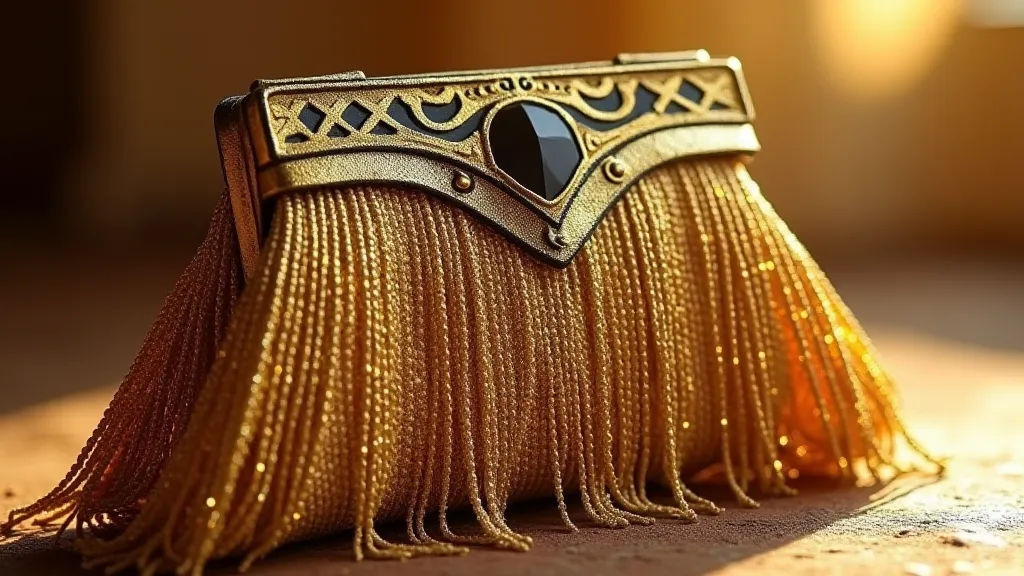
Post-War Practicality & Mid-Century Modernity
The post-war years (1940s and 1950s) saw a move towards practicality and functionality. While elegance remained important, austerity influenced design choices. Coin purses became smaller, simpler, and more durable, often made from leather or sturdy fabrics. The influence of the Mid-Century Modern aesthetic – characterized by clean lines, minimalist design, and a focus on functionality – became evident.
Leather coin purses with simple stitching and understated hardware were common. Plastic, particularly Lucite, gained popularity, offering a modern and playful touch. These purses often reflected the optimism and forward-looking spirit of the era. A young working woman might carry a simple leather purse, a symbol of her independence and ambition. As with any era, the details tell a story. Even the seemingly simplest designs offer a window into the cultural climate of the time, reflecting a shift towards practicality and streamlined aesthetics. Consider the overall narrative these purses convey – a desire for a fresh start, a focus on the future, and a quiet confidence in the possibilities that lay ahead. Thinking about how small objects reflect broader historical trends can be incredibly revealing, and these purses are exemplary of this dynamic.
Collecting & Preservation: A Legacy to Cherish
Collecting vintage coin purses isn’t merely about acquiring objects; it’s about preserving a tangible link to the past. When handling these treasures, it’s essential to treat them with respect. Careful storage – away from direct sunlight and moisture – is crucial. Minor repairs, such as re-stitching loose seams or cleaning delicate fabrics, can significantly extend their lifespan. Avoid harsh chemicals; gentle cleaning with a soft cloth is generally sufficient. Beyond the technical aspects of preservation, it’s vital to appreciate the stories these objects represent.
The stories these purses hold are invaluable. Each stitch, each bead, each faded color tells a tale of a bygone era. Examining these objects offers a unique opportunity to connect with the past in a profoundly personal way. Often, the true value of a vintage coin purse lies not in its monetary worth, but in the stories it has witnessed and the lives it has touched. The act of collecting these purses is, in a sense, an act of safeguarding those stories. As we examine these pieces, we get a clearer picture of the people who carried them, their dreams, and the world they inhabited. This appreciation extends to examining the way women’s roles evolved throughout the 20th century, a fascinating subject explored more fully in articles discussing the silent witnesses: coin purses and the women who carried them.
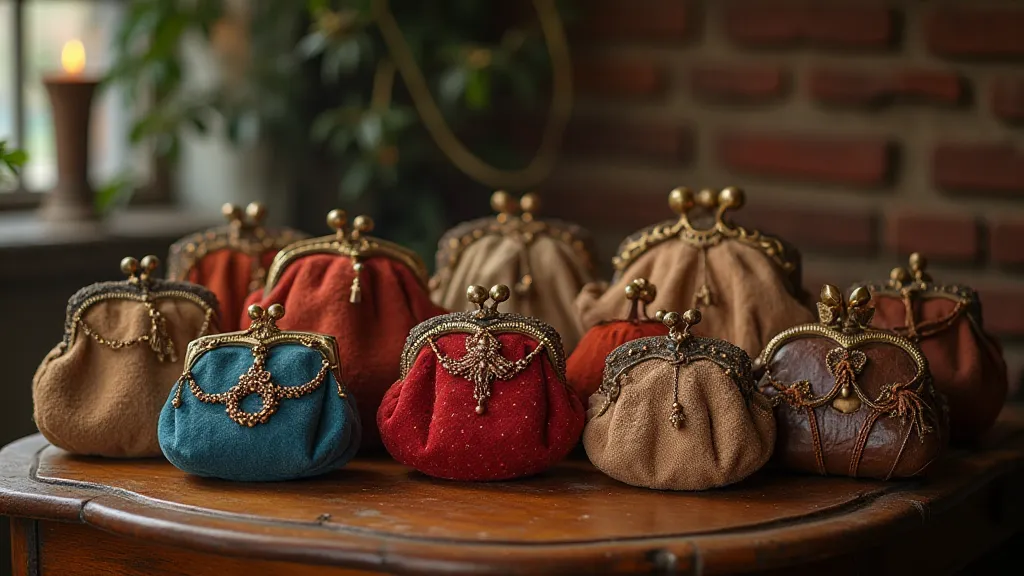
The simple act of holding a vintage coin purse allows us to connect with the lives of those who came before us, to glimpse their style, their aspirations, and their dreams. It is a privilege to be part of this ongoing conversation with the past, a reminder that even the smallest of objects can hold the greatest of stories. Thinking about how such small artifacts reveal so much about broader societal trends further underscores the significance of these collections. The pocket's poetry: small objects, grand stories provides an insightful look into a similar theme. And perhaps, as we collect and preserve these tiny treasures, we are, in a small way, preserving a little piece of our own history too.

